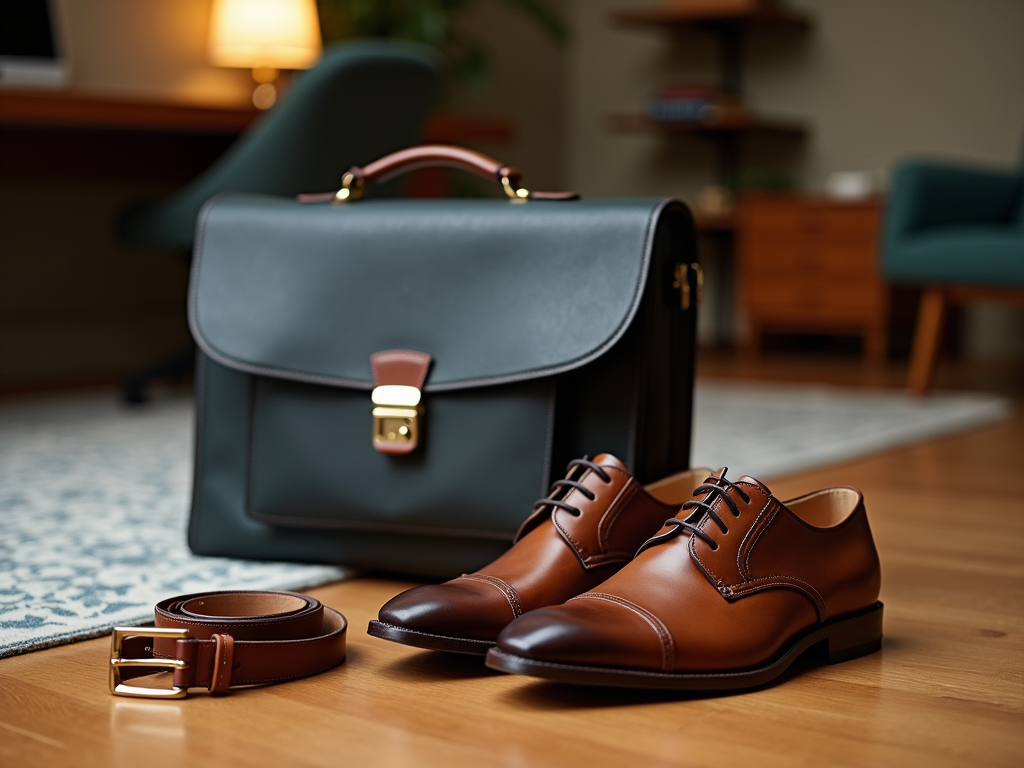
What To Wear To An Interview: Casual and Business Formal Outfits for Men
First impressions are pivotal, especially in job interviews. What you wear can significantly influence the perception of your potential employer. Whether you’re aiming for a casual or business formal look, understanding the nuances can help you nail that first impression successfully. In this article, we’ll explore appropriate attire choices for different interview settings, ensuring you’re both comfortable and confident.
Understanding the Interview Dress Code

Before deciding on your outfit, it’s crucial to understand the dress code of the company you’re interviewing with. Companies can have varying expectations, and a mismatch can skew perceptions. Start by researching the company culture. Is it more traditional or modern and laid-back? A conventional corporation is more likely to expect a business formal attire, whereas startups or creative firms may lean towards the casual side. Always aim to look slightly more polished than the company’s regular employee attire, as it shows respect and a willingness to adapt to their culture.
Business Formal Attire for Men

When attending a formal interview, the business formal dress code is your go-to. This attire reflects professionalism and attention to detail. A standard business formal look for men includes a tailored dark suit, a crisp white or light-colored dress shirt, and a conservative tie. Your suit should fit well, avoiding any overly tight or baggy sections. Don’t forget polished dress shoes, a matching belt, and minimal accessories like a wristwatch or cufflinks. Pay attention to grooming details—a neat haircut and clean-shaven face are integral to this polished look.
In more relaxed settings, such as casual interviews, you have the freedom to express yourself while still maintaining professionalism. Opt for smart casual combinations, such as a pair of chinos or well-fitted dark jeans paired with a button-down shirt. You may add a blazer for a more polished touch. Footwear can be less formal, like loafers or clean sneakers. Choose neutral or muted colors and steer away from overly bold patterns. Remember, even when dressing casually, your attire should remain neat and devoid of distractions.
Choosing the Right Accessories
Accessories can enhance or detract from your overall look, so it’s important to choose them wisely. When selecting accessories for your interview attire, consider the following:
- Neckwear: In business formal settings, opt for a classic tie or bowtie in subtle colors or patterns. In casual scenarios, you can skip the tie or choose a smart scarf.
- Belt: A leather belt matching your shoes in color and tone adds cohesiveness to your outfit.
- Watch: A sleek, simple watch can underscore your professionalism without being overly flashy.
- Briefcase or Bag: Carry a tidy leather briefcase or bag to keep your essentials organized and at hand. Avoid backpacks, unless the company culture is informal enough to permit them.
How to Prepare Your Outfit the Night Before
Preparation is key to ensuring you arrive at your interview looking your best. Begin by selecting and organizing your outfit the night before. Ensure your clothes are clean and wrinkle-free. Iron shirts and trousers, and polish your shoes to add extra shine. Arrange all necessary documents and store them neatly in your bag. Pay attention to personal grooming—trim your nails and ensure your hair is neatly styled. This pre-interview ritual will not only save you time the next day but also boost your confidence.
Conclusion
Deciding what to wear to an interview involves balancing the company’s culture with your individual style. Whether opting for a business formal or a casual outfit, the key is in the attention to detail and ensuring your attire aligns with the company’s expectations. A well-prepared outfit can boost your confidence and set a professional tone, helping you make a lasting impression. Always remember, dressing appropriately is a sign of respect towards the opportunity you are pursuing.
Frequently Asked Questions
1. Can I wear a patterned shirt with my suit?
Yes, but make sure the pattern is subtle and not too distracting. Light stripes or checks in muted tones work best for maintaining a professional look.
2. Is it necessary to wear a tie in a casual interview?
In most casual interviews, a tie is not necessary. However, if you feel it enhances your look, opt for one that is less formal and more relaxed in style.
3. What if I don’t own a suit? Can I still look formal?
Absolutely. A blazer with coordinated trousers can suffice for a formal look. Ensure your shirt is well-fitted and pair it with a tie to maintain a business etiquette.
4. Should I wear a full suit on a video interview?
For a video interview, a full suit might not be necessary unless specified. Dressing in business casual attire from the waist up is usually sufficient, but always confirm the dress code with the interviewer if in doubt.
5. What’s the best footwear choice for a business formal interview?
Polished leather dress shoes in black or brown are ideal for business formal interviews. They should be clean and in good condition to complement your overall attire.